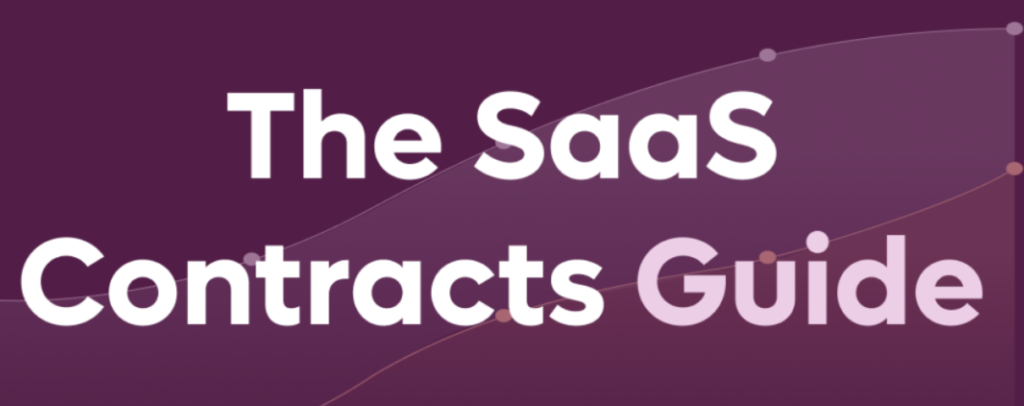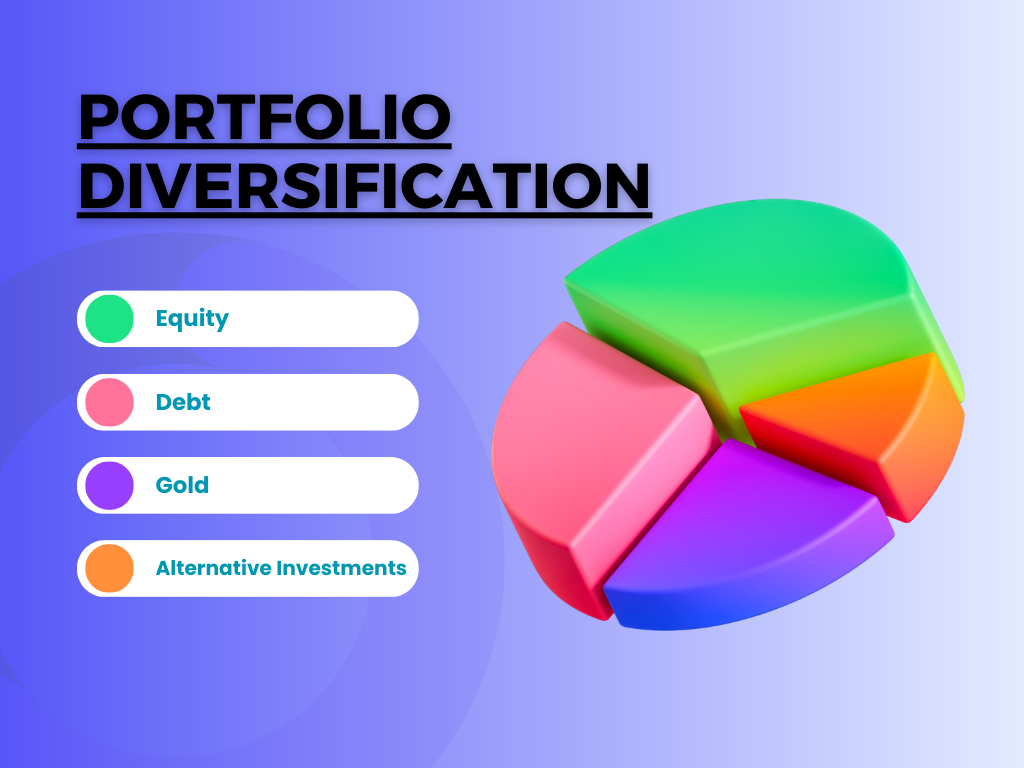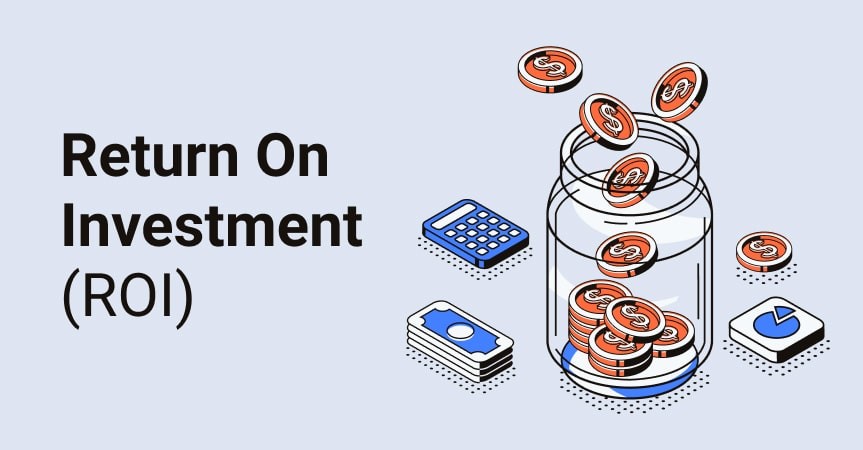Ever thought about the nitty-gritty of SaaS contracts? Ever found yourself lost in a maze of legal jargon, unsure where to turn?
This digital labyrinth is more than just legalese. It’s a basic structure for any SaaS enterprise, forming the basis of strong customer connections.
You might ask,
“What makes these agreements so critical?”
Think of them like safety nets woven from strands of mutual trust and understanding – they help protect both parties when things go awry.”Knowledge has a beginning but no end.”- Geeta Iyengar
We’re your trusty guides in this complex journey, shedding light on crucial bits like cost structures, safety of data and performance benchmarks. Let’s take a deep dive into the world of subscriptions together.
Understanding SaaS Contracts
A SaaS contract, or Software as a Service agreement, is more than just the legal mumbo jumbo that most of us are tempted to skip over. It’s actually the key to unlocking how you can use software hosted in the cloud. Imagine having a shiny new car but not knowing what all those buttons do – this is where your SaaS contract steps in.
This kind of service agreement isn’t about buying physical goods like traditional licensing agreements, it’s about getting access rights for specific users to utilize certain features and services online. The best part? No need for hefty installations on every device you own. But there’s also no running away from understanding its terms either.
Here’s why: These contracts lay out critical details such as service level agreements (SLAs) which define expected performance standards and uptime percentages – think of these as promises made by your SaaS provider on how well their product will work and how often it’ll be available. Not meeting these minimum performance objectives could mean potential penalties or refunds heading your way.
Your data stored in these systems needs protection too right? That’s where customer data security comes into play with strict rules outlined within the contract around handling any possible security breaches.
You’re probably thinking “But wait, I don’t have time to read all this.” Don’t worry, we’ve got some tips coming up later that’ll help simplify things while managing SaaS contracts efficiently.
Differentiating Between Licensing Agreements
In contrast with typical license agreements where software gets installed locally on individual machines, SaaS applications allow customers’ access through internet connections, offering more flexibility and scalability. The SaaS model doesn’t involve any physical goods being exchanged.
This delivery model is not only efficient but also allows for quick updates across all users without needing to install software patches manually – saving your IT team a lot of time. In addition, these contracts are typically renewed automatically, so you don’t have to worry about service interruptions due to lapsed licenses.
Key Takeaway:
Demystifying SaaS Contracts: A SaaS contract is your guide to using cloud-hosted software. It gives you access rights, outlines service performance promises, and highlights data security rules. Unlike traditional licensing agreements involving physical goods, these contracts provide flexibility with internet-based applications that update automatically and save IT time.
Key Elements of SaaS Contracts
A well-structured SaaS agreement should include specific components. One such crucial element is the subscription plan details, which spell out what a customer gets for their money.
Exploring Contractual Liability
In most cases, the customer’s responsibility is restricted to the sum paid over a particular span of time. It’s important to be clear about this limitation upfront to avoid misunderstandings down the line.
The contract also needs clauses outlining how data security will be maintained. This not only includes protective measures against potential breaches but also steps that will be taken if a breach does occur.
The Role of Renewal Clauses
Renewal clauses, on the other hand, outline whether contracts are renewed automatically or need explicit consent from both parties each time they expire – often known as an evergreen renewal clause and an opt-in renewal clause respectively.
Pricing models play another significant role in shaping up SaaS agreements typically because they define how much clients pay and when payments are due based on chosen plans and usage levels – like paying per user or according to bandwidth consumed for example.
- Data Ownership: A critical aspect addressed in any good SaaS contract process involves who owns any data uploaded onto cloud service platforms – especially vital given rising concerns over intellectual property rights globally today.
- User Access Rights: Customers access your software via internet without needing to install software locally on their devices. So, outlining user access rights in the agreement set becomes pivotal.
- Customer Support: Service agreements should clearly state how and when customers can get support if they run into any issues using your SaaS application.
Above all else though – keep it simple. It’s better for everyone involved if these contracts are easy to understand without needing a legal team every time one comes up for review or renewal.
Key Takeaway:
When drafting a SaaS contract, make sure to clearly outline subscription details, data security protocols and renewal clauses. Understand that liability is usually capped at the total amount paid by the client during a specific period. Also include who owns uploaded data, user access rights and customer support specifics. Above all, keep it simple for easy understanding.
Components of a SaaS Agreement
A comprehensive SaaS agreement is like the recipe for your favorite dish. It’s packed with several ingredients, each playing a critical role in the final outcome.
Importance of Detailed Costs
The detailed costs clause in your contract can be likened to knowing how much spice to put into that dish. It outlines all the expenses involved, ensuring no surprise charges down the line. From subscription fees and renewal rates to additional guarantees or penalties for non-compliance – every cent counts.
You wouldn’t want unexpected hot peppers burning your tongue, would you? The same goes for unforeseen charges burning holes in your pocket. So make sure this section is clear as crystal.
Understanding Data Storage Provisions
If detailed costs are our spices, data storage provisions are our veggies. They give structure and substance to an agreement set between SaaS companies and users access privileges.
Data stored could range from basic customer information (like names or email addresses) to more sensitive details (such as financial records). This component defines where data will be kept safe and sound just like how fresh vegetables should be securely stored in refrigerators.
In addition, it covers what happens if there’s a security breach – essentially answering questions such as who bears responsibility if those carrots get spoiled due by fridge failure?
Think of your SaaS agreement like a recipe: costs are the spices, data storage provisions are the veggies. Make sure it’s all clear to avoid surprise charges and keep info safe. #SaaSTipsClick to Tweet
Ensuring Data Security in SaaS Contracts
As businesses shift towards a SaaS model, the security of customer’s data becomes paramount. In your SaaS contract, clauses around data ownership and protection must be crystal clear.
Understanding Security Breach Provisions
If there’s a leaky pipe, you want to know who’s going to fix it and how fast they can do it. Similarly, when handling customer data, knowing what happens during a security breach is crucial. It isn’t just about plugging the hole but also managing potential fallout.
Your contract should specify actions upon discovering a breach. The provider needs to give prompt notification so that both parties can take necessary steps for damage control. Furthermore, specifying remediation measures helps prevent future breaches.
In addition to these precautions, having provisions regarding regular audits on service availability and performance objectives keeps the vendor accountable while ensuring minimum performance standards are met consistently.
Data Ownership & Intellectual Property Clauses
We all like our stuff. So imagine if someone borrowed your lawnmower then claimed they owned it because it was in their garage? Doesn’t seem fair right?
The same goes for intellectual property (IP) in SaaS contracts; IP rights need protection too. For instance: Who owns any new developments or improvements made using client-provided resources? This should be spelled out clearly in your agreement set.
A Holistic Approach To Customer Data Protection
Moving from traditional software delivery models where users install software onto their systems directly into cloud-based platforms brings along additional guarantees needed by customers for peace of mind.
The place where user uploaded files get stored – be it in a data center or cloud service – should be specified, along with the safety measures put in place. After all, no one wants their precious memories dumped into an unguarded box at some random storage facility.
Customers must be aware of how alterations to their subscription plans can affect the data they access through various SaaS services.
So, here’s the wrap-up:
Key Takeaway:
Securing customer data in SaaS contracts is vital. Make sure your contract covers what happens if there’s a security breach, and who owns any intellectual property rights. It’s also important to be clear about where user files are stored and how subscription plan changes might affect their data.
Pricing and Subscription Models in SaaS Contracts
When dealing with SaaS contracts, the pricing model is often a central point of discussion. It’s where you get to see detailed costs that could include monthly or annual fees, usage-based charges, setup fees, or additional support costs.
Different SaaS providers offer various subscription models tailored to their services. Some might provide unlimited access for a fixed fee while others have tiered plans based on feature sets or user counts. Knowing what your subscription plan includes helps ensure you’re getting the best value.
Unpacking Detailed Costs
SaaS agreements typically outline these costs explicitly so there are no surprises down the line. But it’s essential to understand every clause as some may introduce variable expenses like overage charges for exceeding certain limits.
You also need to consider potential increases after promotional periods end or during contract renewals. These aspects should be clearly stated within renewal clauses in your agreement set by the SaaS vendor.
The devil is indeed in details when it comes to managing SaaS contracts. Remember that unexpected expenses can significantly impact budgeting if not carefully considered upfront.
Dive into the nitty-gritty of SaaS contracts. From pricing models to hidden costs, knowing what’s in your subscription is key. Don’t let unexpected charges bust your budget. #SaaSTips #SmartBudgetingClick to Tweet
Ensuring Performance and Service Level in SaaS Contracts
SaaS contracts are designed to keep performance high and service interruptions low. That’s why uptime percentage plays a critical role.
Importance of Uptime Percentage
The uptime percentage is the measure of how often your software or application is available for use. It’s an essential metric in any SaaS contract because it directly affects user experience and productivity.
In simple terms, more uptime equals happier customers. This is particularly relevant for firms that rely on your software to conduct their daily operations. A downtime can mean lost revenue, disrupted workflow, and damaged reputation.
To protect users from these potential issues, most SaaS agreements typically include specific clauses about minimum performance standards – this includes having a defined uptime percentage which providers must meet or exceed.
If they fail to deliver as promised – say there’s a security breach that leads to system unavailability – then they might be required by the contract to give additional guarantees such as credits against future billing cycles or even monetary compensation depending on the severity of failure.
This helps make sure both parties understand what level of service availability should be maintained at all times, ensuring that users get uninterrupted access while holding providers accountable when things go wrong.
Performance objectives like response time also fall under similar parameters with detailed expectations set out in cloud service agreements so nothing gets left up in the air.
Note: Remember always ask questions if you’re unsure about anything mentioned within your SaaS agreement before signing off.
- Your legal team should review every detail including renewal clauses, intellectual property rights and customer data protection.
- If the agreement is not clear on any aspect – for example, what happens if there’s a breach of service level or uptime percentage? – ask your SaaS provider to clarify.
- Gain a thorough comprehension of how your success will be assessed and communicated. This might mean regular updates from the provider or live dashboards that monitor system uptime and response speeds.
Key Takeaway:
Keeping your SaaS running smoothly with high performance and little to no service hiccups is key. The magic number here? Uptime percentage – the higher, the better for customer happiness. If things go south and you can’t meet those uptime percentages or other performance markers, contracts might have you handing out credits or cash as compensation. So make sure you’ve got a handle on all your SaaS terms.
Managing and Renewing SaaS Contracts
When it comes to SaaS contract management, the key is staying proactive. You can’t afford to let contracts lapse or renewal dates sneak up on you.
The Role of Contract Lifecycle Management Solutions
A smart move is using Contract Lifecycle Management (CLM) solutions. They help streamline your operations by automating workflows for managing SaaS contracts. It’s like having a personal assistant, keeping tabs on everything from start times, end dates, and ever-important renewal clauses.
Renewal processes can be tricky business in any agreement set-up but more so with cloud service agreements. Automated reminders ensure that you don’t miss important deadlines which could lead to service disruption or unwanted auto-renewals.
Beyond tracking timelines, these tools are great at organizing all customer data including their subscription plan details and specific clauses relevant to each customer. CLM solutions even provide support provisions should a security breach occur – invaluable given today’s increasing concerns over data privacy.
If stats tell us anything – they shout loud about how crucial such systems are. Manually managing SaaS contracts not only eats into precious time but also creates bottlenecks in the smooth running of businesses. Studies have shown that adopting automated workflows reduces this hassle significantly while saving considerable man-hours.
To add cherry on top – these services typically come with additional guarantees ensuring minimum performance objectives, thereby giving users access without hiccups round the clock.
So what say? Ready to give your legal team some breathing space and adopt an efficient system for managing those endless software hosted agreements?
Stay ahead in the game of SaaS contracts. Use Contract Lifecycle Management solutions to automate your workflows, track renewals, and manage customer data. No more missed deadlines or service disruptions. Give your legal team a break – it’s time for efficiency. #SaaSContracts #Click to Tweet
Legal Considerations in SaaS Contracts
Navigating the legal landscape of a SaaS contract process can feel like threading a needle in a hurricane. Don’t fret, we’ll help you traverse the complex legal realm of SaaS contracts.
Intellectual Property Clauses
The lifeblood of any SaaS provider is their intellectual property (IP). It’s what makes them unique and gives customers grounds to pick them over other businesses. The clause outlines who owns the software hosted on the cloud service, ensuring there’s no confusion about ownership rights.
A well-drafted IP clause helps protect both parties’ interests. For instance, it protects the SaaS vendor against infringement claims while also shielding users from being blindsided by unexpected restrictions or limitations.
Understanding Data Ownership Clauses
Data has become as valuable as gold dust in today’s digital world – if not more so. When your business uses an application under a subscription model offered by saas services providers, loads of data gets uploaded into that system every day.
This raises critical questions: Who owns this customer data? How is it managed and protected? An effective SaaS agreement set should include detailed clauses addressing these concerns clearly.
Remember – always have your legal team review contracts before signing off.
Cyber Security Measures & Breach Response Time
In our interconnected world where cyber threats are ever-evolving; robust security measures need to be outlined within your agreements typically for managing saas applications with provisions made for response time during potential breaches. The contractual liability lies with vendors when they fail at protecting user’s access information leading to unauthorized use causing loss or damage.
Legal clauses must ensure swift action, clearly stating performance objectives in case of a security breach. These should cover how the provider plans to fix issues, communicate with users and mitigate future risks.
Rights & Responsibilities
Remember, a SaaS agreement isn’t only about the benefits you get. It’s just as critical to comprehend what you’re committing to in exchange. Being aware of your rights and responsibilities can help keep legal troubles at bay.
Key Takeaway:
Navigating SaaS contracts might feel like a storm, but understanding key elements can make it easier. Protect your interests with clear intellectual property and data ownership clauses. Make sure to have robust security measures in place, including breach response times. Lastly, be aware of both rights and responsibilities within the contract.
Conclusion
SaaS contracts can seem daunting, but they’re the bedrock of trust and understanding in a SaaS business.
Remember, these agreements are not just about legalities; they’re your blueprint for success. You’ve learned how to navigate their complexities, from pricing models to data security provisions.
The journey doesn’t stop here though…
Continue exploring service level requirements or delve into intellectual property rights within contracts. The world of SaaS is expansive!
Bear in mind that knowledge has no end – it’s an ongoing process that requires patience and dedication.
In summary:
Your understanding of SaaS contracts will shape your future decisions and help build robust customer relationships. Stay curious! Keep learning!
If you want to learn more about this, sign up for my newsletter.


